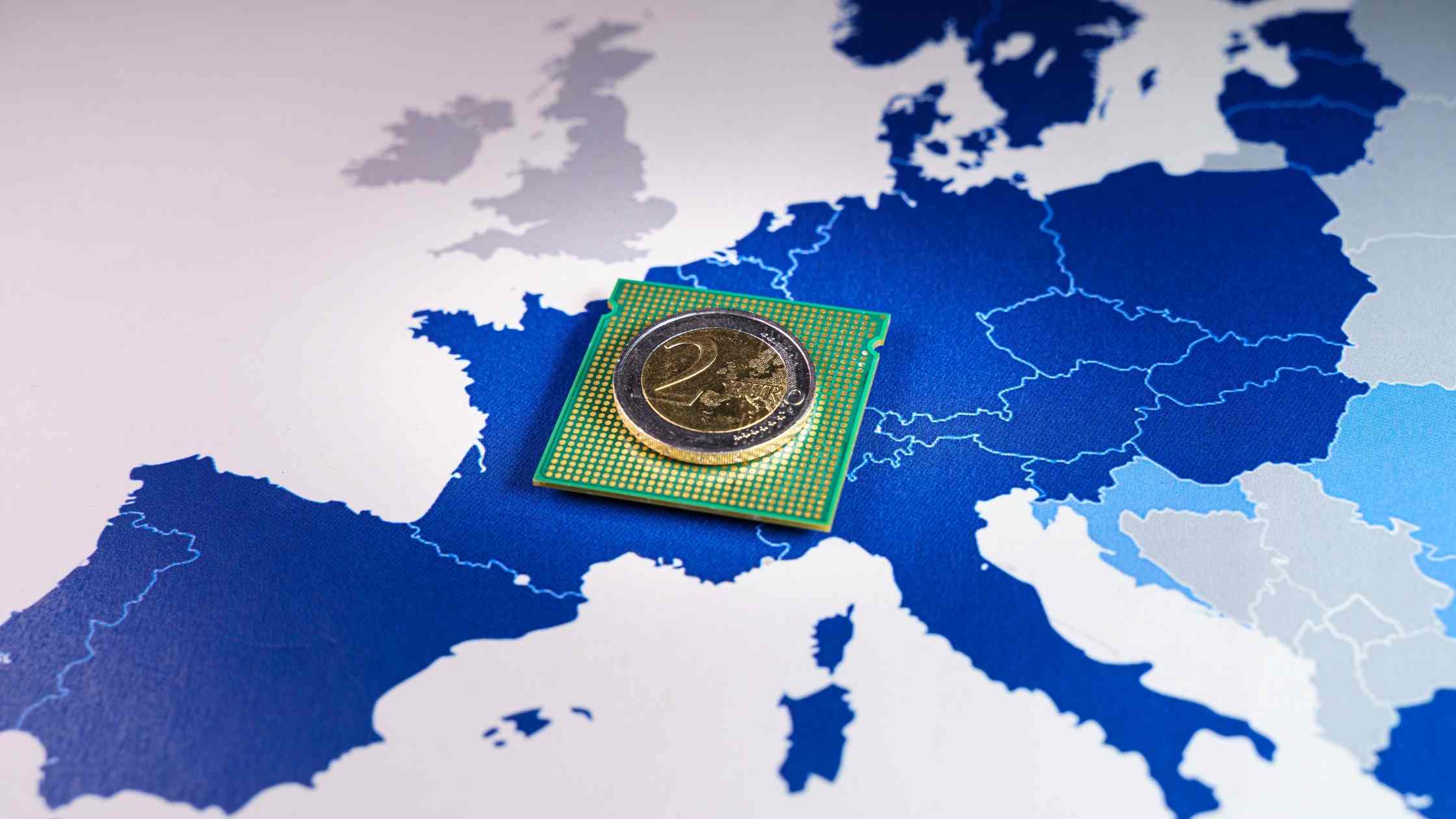
The Digital Euro Could Be Launched by 2026
According to Fabio Panetta, a senior official at the European Central Bank (ECB), a digital euro could be issued within the next four years by the European Union (EU). A potential first use would be peer-to-peer payments.
Due to concerns about Russia’s war against Ukraine and the rise of private stablecoins such as Facebook’s now-abandoned Libra, the timeline for the central bank digital currency (CBDC), has been moved back and forth.
What would the digital Euro be used for?
At an event at the National College of Ireland, Fabio Panetta, an executive board member of the European Central Bank, or ECB, has said: “The idea would be that let’s say, four years from now, we will be ideally ready to issue the digital euro,” and also expressed his optimism that the CBDC could be launched within the next four years, although it will be a complicated process that hasn’t been done before.
Panetta suggested that a peer-to-peer (P2P) payment solution, which allows transactions between friends, could be the first test ground for the new technology before it spreads to other areas such as online payments or business payments such as physical and online shops.
He said that a P2P payment system that covers large numbers of users in the whole euro area could be a fertile ground for the adoption of a digital currency. Research has shown that the application would have the greatest impact on early adoption.
The ECB began a two-year investigation phase in October to examine issues such as which use cases should be prioritized. However, the ECB is still not sure if it will issue a digital currency. Panetta previously stated that the realization stage, which is due to begin late next year, could last for three years.
Christine Lagarde, President of the ECB, stated in March that the sanctions imposed by the war in Ukraine were a reason to accelerate the plans. However, other EU officials Monday suggested that they are letting their feet off the pedal.
We also have to note that Jurgen Schaaf, an ECB advisor, stated that the EU’s research and experiments on a digital euro are not a guarantee that they will launch a CBDC.
Why is the EU researching a CBDC?
After an industry consortium led Facebook suggested its own cryptocurrency, Libra, the idea of the EU issuing its very own CBDC was born. The Libra project was later renamed Diem and abandoned.
Mairead McGuinness (EU’s financial-services Commissioner) said that there was a feeling of urgency back some time ago, due to the fears of what might happen with private providers. McGuinness said that they will not hurry the research process. They want to move fairly quickly, but “not hastily.”
Panetta stated that recent declines in the crypto market private may be another reason to continue the project.
Stablecoins lack the regulatory safety net that banks have and are, therefore “vulnerable to runs”, he stated. He cited the crash of TerraUSD (UST) from May 9th-13th. The supposedly stablecoin was issued and backed up by the Luna Foundation Guard.
Another example of an unregulated stablecoin is Tether (USDT), which also lost its peg to the USD dollar during the same week. Luckily, the USDT quickly recovered.
Another reason for EU’s urge to research and regulate cryptocurrency is the war between Russia and Ukraine. Following the invasion of Ukraine, the EU and U.S. implemented severe sanctions against Russia. However, there are many concerns over the role of crypto in evading sanctions. This has prompted regulators around the world to accelerate their efforts to regulate the sector.
At the same time, U.S. President Joe Biden issued an executive order regarding crypto Wednesday encouraging federal agencies to adopt a common approach when regulating the sector. He asked the government to evaluate the benefits and risks of creating a digital currency.

